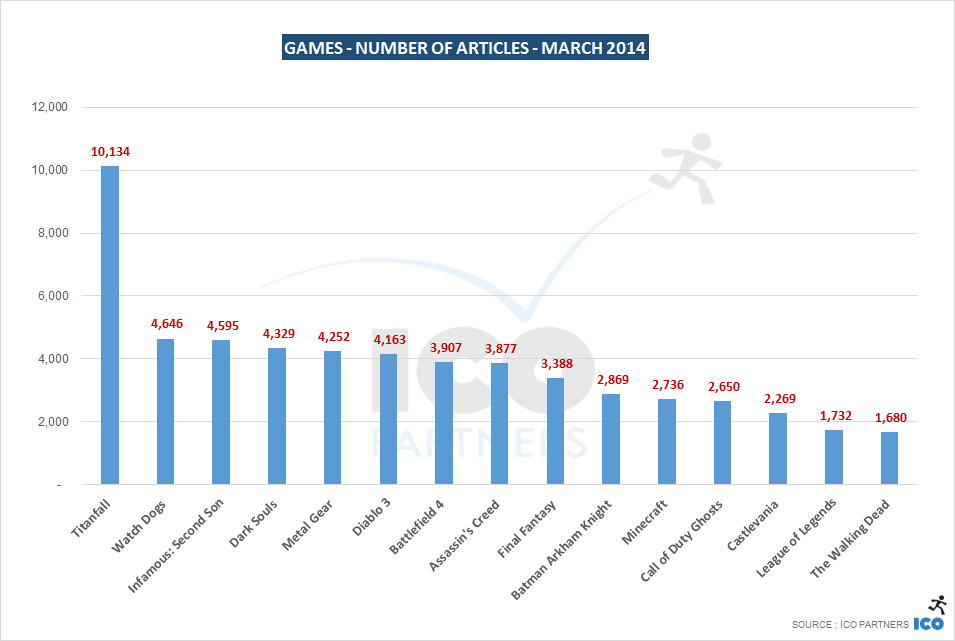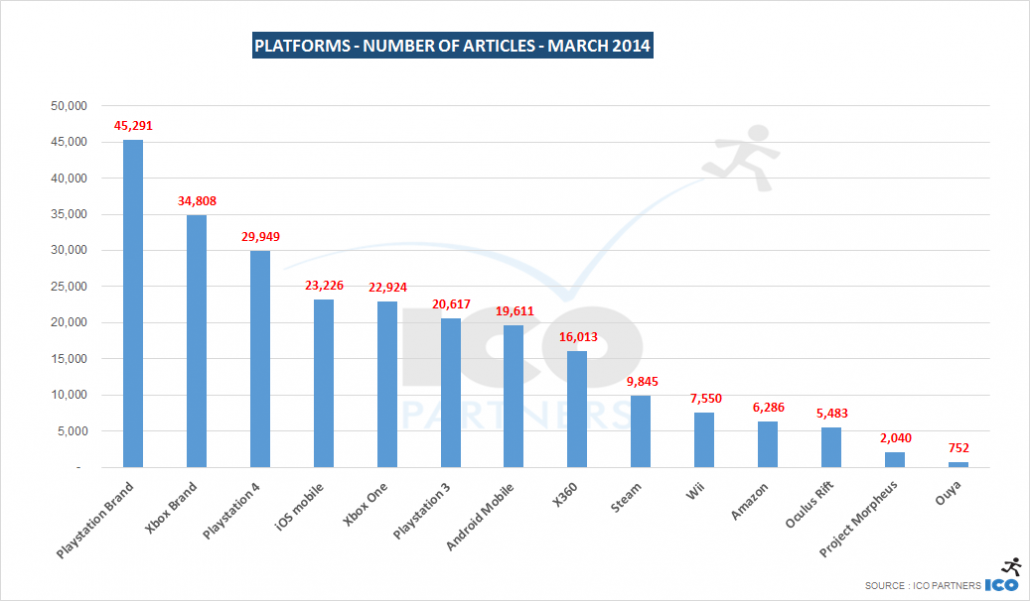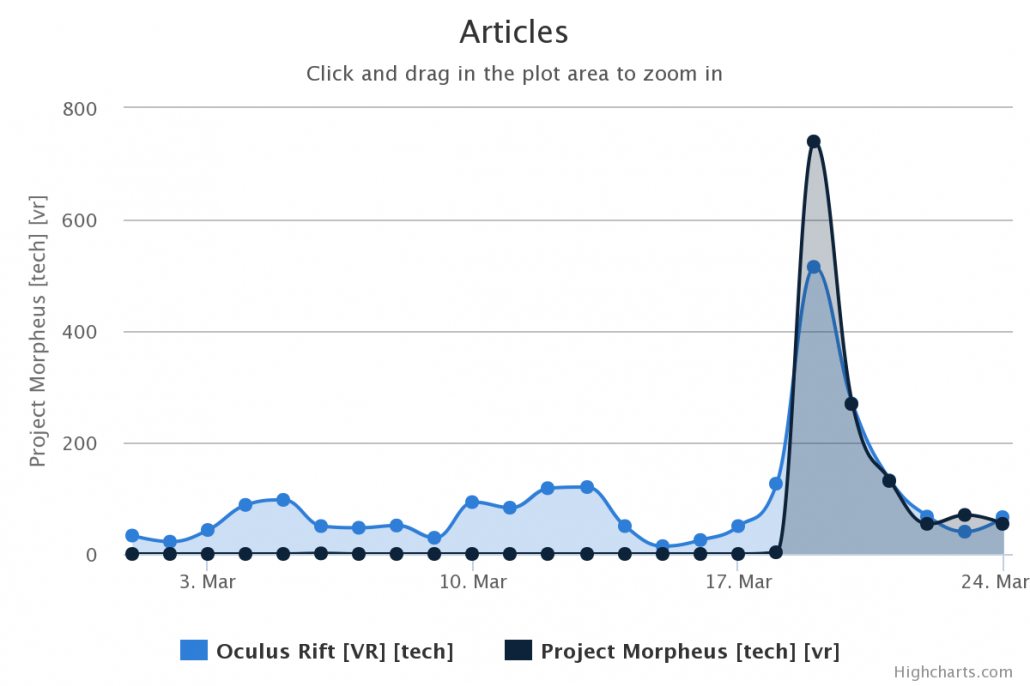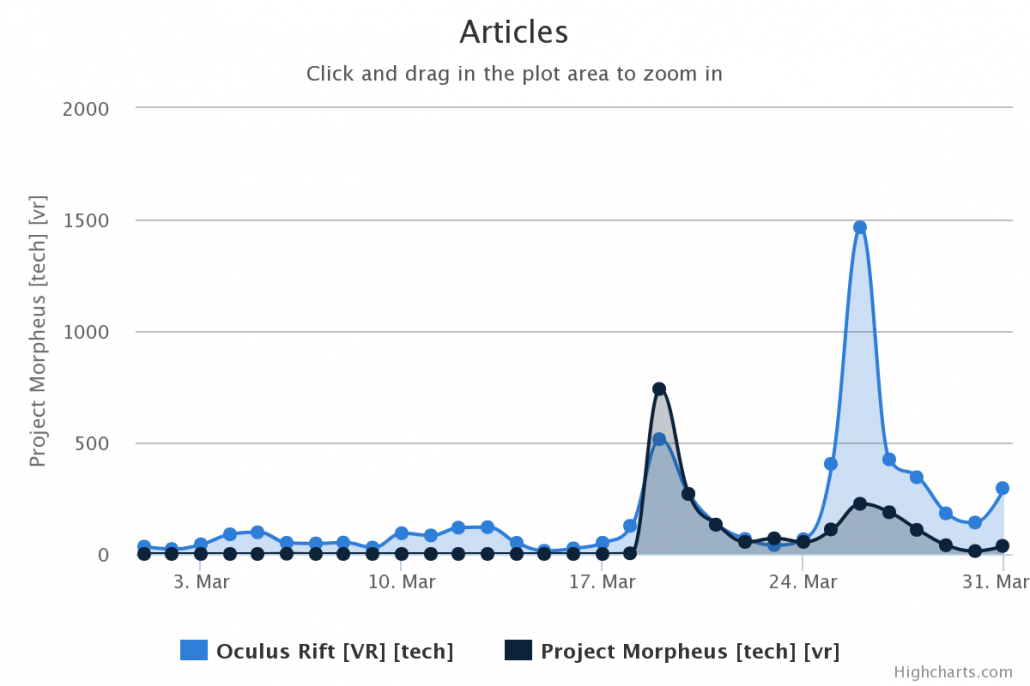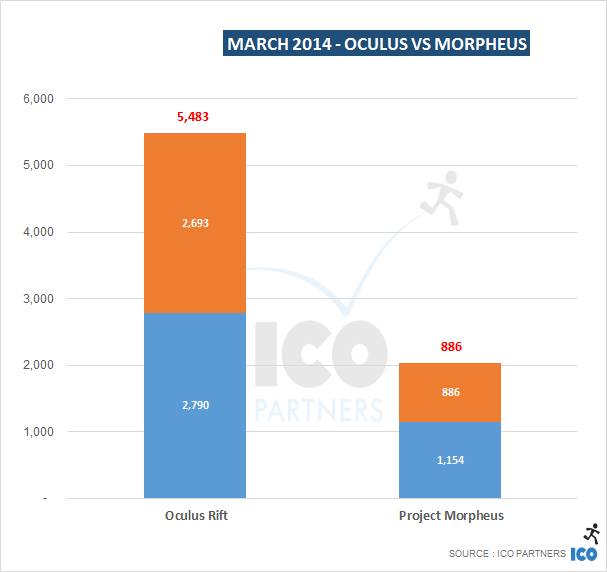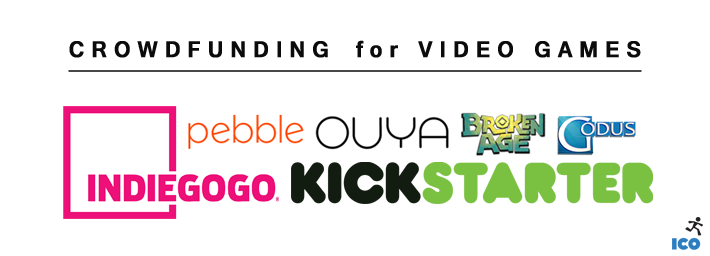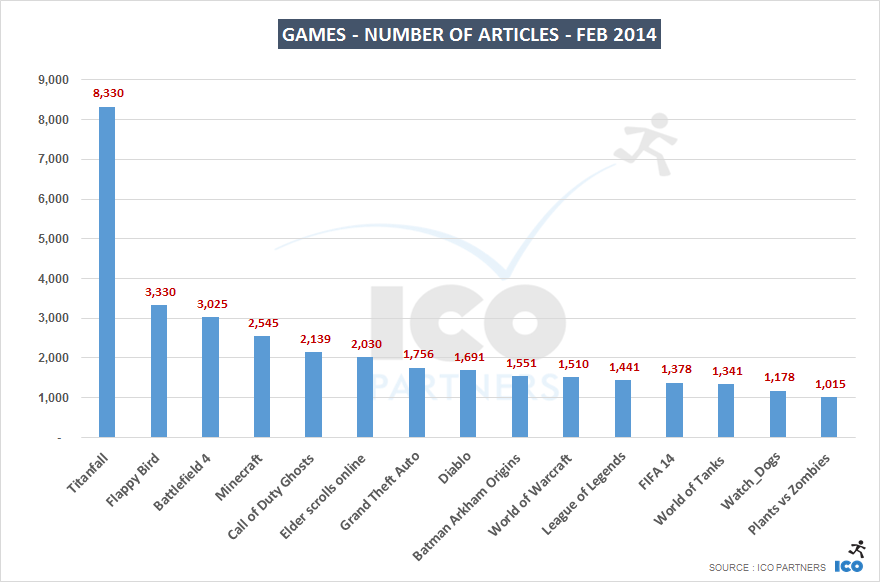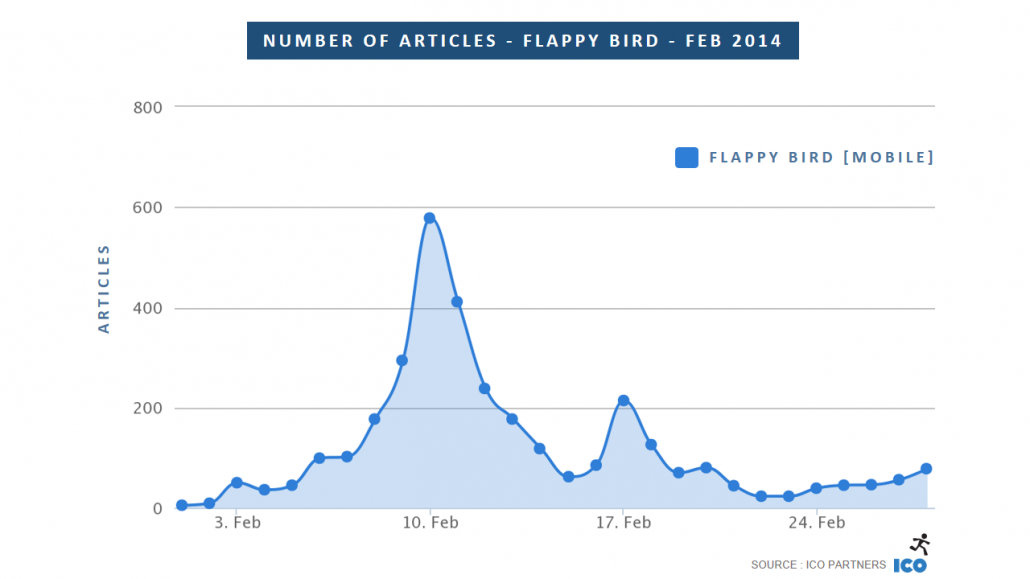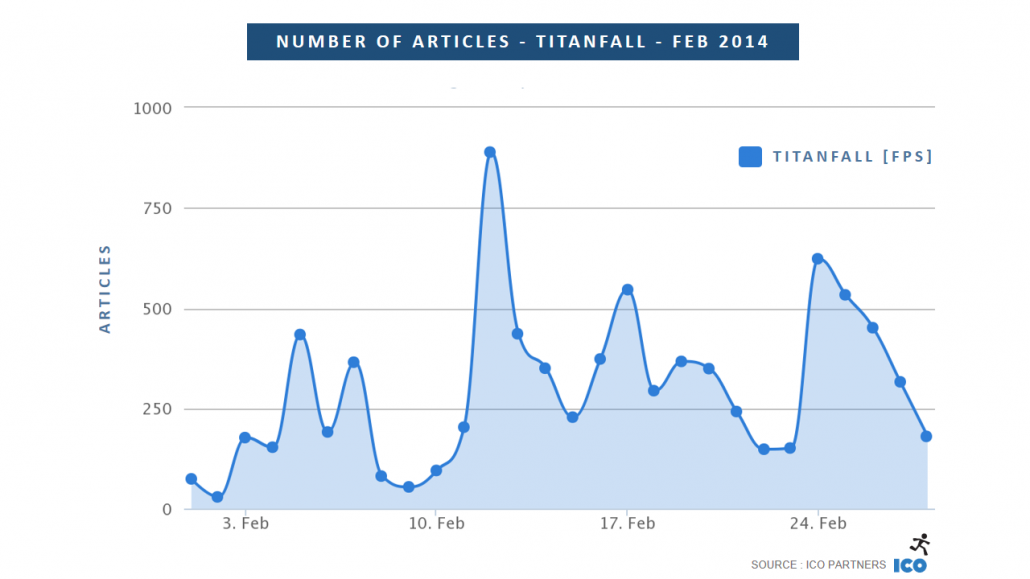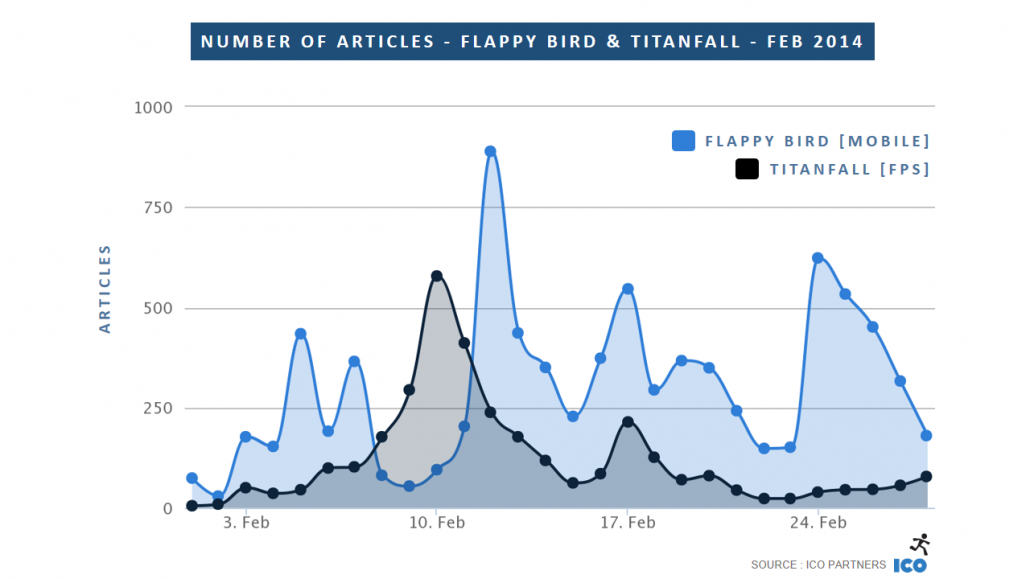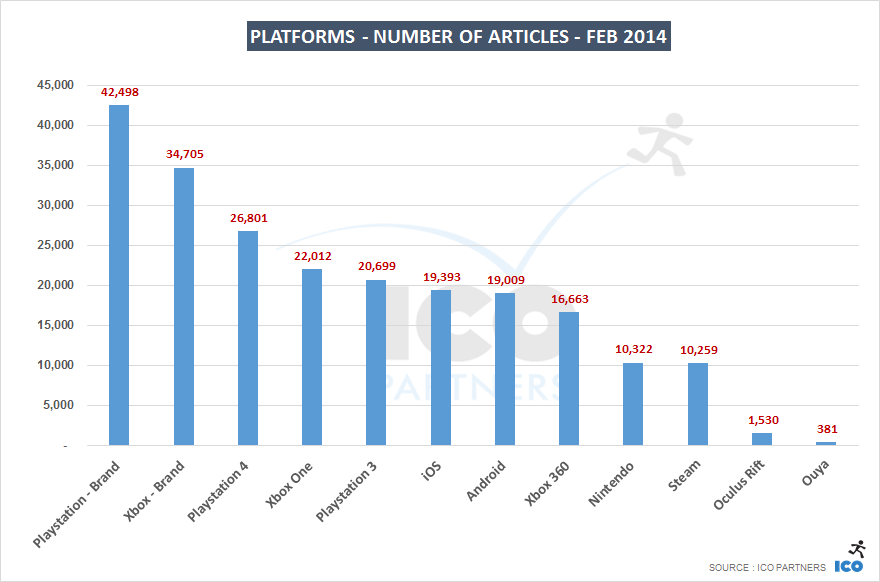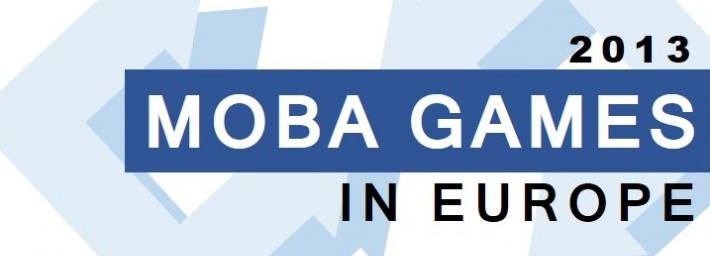Following up from my blog post from last month, and in an attempt to do this regularly, I went and ran some numbers for the month of March in regards to the presence of the games industry in the media.
The same disclaimer applies:
The tool I am using is far from perfect. It gets hits on false-positives, some terms are impossible to get hits on and it is somewhat dependent on how clever I am when I create the monitoring criteria for a specific game if the name is quite generic. The tool is also dependent on the alerts I have entered. There are many prominent games that are absent, mostly because my primary interest when I started working on it lay with online games. I am expanding that list now, but do not take the stats as an “end all” proof that X game is totally ignored by the media.
I am only sharing the graphs showing the number of articles for a given topic – we are also using a weighted value based on the sites’ reach, but this time around I wanted to keep things simple. So what you see here is relevant about quantity, not necessarily quality. It is important to note that we purge the results coming from fansites (dedicated to one game) and content farms (that just repost other websites’ content). I am just sharing the current results because I feel they are interesting at illustrating the trend for the month of [March].
tl;dr: Take all this with a grain of salt.
March is an interesting month for the game industry. The lull from the holiday period is basically over, you have the announcements there for the ramp up to E3. you have the announcements piggy backing GDC and the concentration of media there.
And then, there was Facebook outright buying Oculus Rift before the DK2 is even out… But more of that later.
Games
The most obvious observation is the sheer domination that Titanfall still has on the coverage of the month of March, with twice as many articles as Watch_Dogs. Launching a blockbuster at the beginning of the year, alone in that period, pretty much guarantees media coverage. I suppose the marketing budget spent in parallel helps a lot too.
The second observation, is the strongest presence of AAA titles there. I think it comes from a double effect: I have been a bit better at including those games in the monitoring tool and those games are all ramping up with their communications. For the games I was properly following already in Feb, the increase of mentions is still quite significant (ie. COD went from 2,139 articles in Feb to 2.650 articles in March – the longer month alone cannot account for that difference).
Diablo 3′s Reaper of Souls launch has had an obvious effect on the game’s presence in the media.
I find interesting that Elder Scrolls Online dropped from 2,030 articles last month to 1,631 in March, just ahead of their launch. We shall see the impact their CGI trailer had along with the launch (spoiler: April is not over and already has twice as many articles as March).
A lot of the games there had major announcements or release in March still – and it makes for a more intense period than February.
And for those who are wondering, there were still about 1,100 articles about Flappy Bird – that’s more than Heroes of the Storm…
Platforms
Interestingly, the consoles stayed relatively at the same levels, with Playstation 4 the only one with a notable increase (from 26k articles to almost 30k articles), mostly thanks to the announcement of Morpheus that had 2,000 just for itself. Also, I haven’t followed well enough the news on the mobile front to tell you why iOS got those extra articles.
One change from the tracking from last month is the inclusion of the Wii there – as opposed to tracking Nintendo in the mentions as I did last time. For this reason, I can’t tell if there was a drop-off for the machine’s mentions.
And before looking at the VR devices, I have to say I am very surprised by the incredibly low number of articles relaying the Amazon Fire announcement. I think it comes from the fact that Amazon only mentioned games in passing (the initial news was actually quite unclear about that part of the offering) and it didn’t create interest in the video game media.
Oculus and Morpheus
As a VR enthusiast, March was a roller coaster of announcements… Oculus started things off by finally announcing its DK2, then with Sony formally announcing and presenting Morpheus at GDC, followed by Michael Pachter denouncing Sony and the Morpheus as a bad move with VR being a niche too small for them to pursue. And finally, that notion of VR niche was blown apart by the announcement of the acquisition of Oculus by Facebook.
To give you a sense of the impact of the Facebook announcement, here is a graph with the number of articles per day for Oculus and Morpheus until the 24th of March:
At that point, Oculus had 2,200 articles, 50% more than the previous month. Their announcements along with the Morpheus reveal had created a surge in articles about them. Then, there was the 25th of March:
It is incredibly difficult to tell what the future holds for those technologies, but purely on the level of media awareness, this has been a massive month. And interestingly, both products have benefited from the media presence of the other.
Here is my last graph. The break down is different for each product, but I thought I would present them together to save some space.
For Oculus, in blue you have articles only on Oculus and in orange articles mentioning both Oculus and Facebook.
For Morpheus, in blue you have articles only on Morpheus and in orange articles mentioning both Oculus and Morpheus.
Despite the massive impact the Facebook announcement had, Oculus is really standing on its own and has an excellent media presence.
As for Morpheus, they are benefiting a lot from that media presence – more so than the fact it is being backed by an industry giant such as Sony (though that helps them massively for the credibility of the project).
As always, let me know if you have questions or comments.


